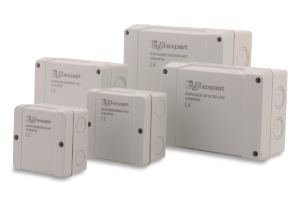FAQ'S ON RoHS, REACH & CE
Regulation concerning the Registration, Evaluation, Authorisation and Restriction of CHemicals
REACH – Regulation (EC) 1907/2006] is the European Chemicals Regulation on the Registration, Evaluation, Authorisation and Restriction of Chemicals.
REACH has been in force since 2007 and aims to ensure a high level of protection for human health and the environment. At the same time, it aims to ensure the free movement of chemicals in the internal market and to promote competitiveness and innovation. REACH is based on the principle that manufacturers, importers and downstream users take responsibility for their chemicals. They must ensure that chemicals they manufacture and place on the market are used safely. The abbreviation “REACH” is derived from the English title of the regulation: Regulation concerning the Registration, Evaluation, Authorisation and Restriction of CHemicals. REACH is considered one of the strictest chemical laws in the world.”
CE marking
The letters “CE” appear on many products traded on the enlarged internal market in the European Economic Area (EEA). They mean that products sold in the EEA have been checked for compliance with high safety, health and environmental protection requirements. CE marking also supports fair competition by obliging all companies to comply with the same rules.
By affixing the CE marking to a product, a manufacturer declares that the product fulfils all the legal requirements for CE marking and can be sold throughout the EEA. This also applies to products manufactured in other countries and sold in the EEA.
Restriction of certain Hazardous Substances
The EU-wide RoHS Directive (Directive on the Restriction of the Use of Certain Hazardous Substances in Waste Electrical and Electronic Equipment) specifies various chemical substances that may not be used in electrical and electronic equipment. On 22 July 2019, the “extended” RoHS Directive with new substance use bans will come into force in the EU.
The following substances are regulated:
- Lead (PB)
- Cadmium (Cd)
- Polybrominated biphenyls (PBB)
- Polybrominated diphenyl ethers (PBDE)
- Hexavalent chromium
- Mercury (Hg)
- Butyl benzyl phthalate (BBP)
- Di(2-ethylhexyl) phthalate (DEHP)
- Dibutyl phthalate (DBP)
- Dibutyl phthalate (DBP)
Homogeneous materials containing more than 0.1% by weight of each of the above substances (Cd 0.01% by weight) may not be used in electrical equipment falling under the equipment categories listed in Annex I to 2011/65/EU.
These so-called de minimis limits take into account that there may be impurities in very small quantities that cannot be technically prevented.
Do you have any questions?
SEND US YOUR MESSAGE
[contact-form-7 id=”677″ title=”popup contact form”]
CONTACT INFORMATION
Follow us on our social media channels and be informed about new products.



















































